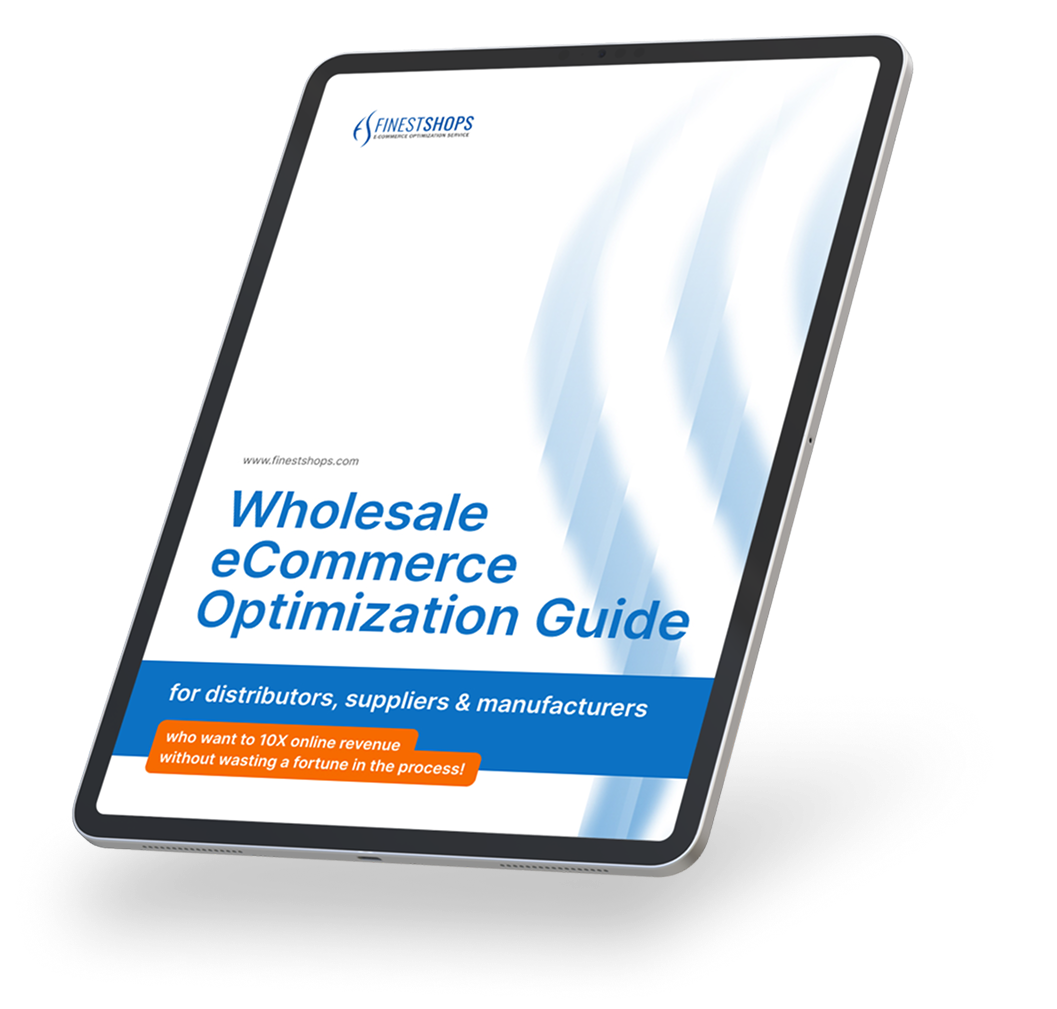Covid-19 has transformed the way we do business, shifting consumers’ focus more towards the online world instead of traditional bricks and mortar. Ecommerce has already made massive gains but it is expected to reach new heights, with experts estimating the industry to be worth $20.9 trillion by 2027 (Research & Markets, 2020).
This new emphasis on online commerce has created a need to provide a higher level of B2B customer service. Businesses across all sectors are already improving the way they interact with their target market to create customer loyalty, attract more buyers and gain a stronger market share.
I’m Anton Pachkine and in this post you will discover how to provide a premium level of customer service that will be able to fully meet the demands of the post-pandemic eCommerce surge. If at any point you feel confused or lost, then don’t hesitate to book a call in my calendar to get more information on this topic.
The challenges that B2B sellers are facing
The demand for high-quality customer service is at an all-time high but most B2B sellers either aren’t aware of this or they don’t know how to optimize it. According to a Microsoft Global State of Customer Service report, 90% of consumers that were surveyed stated that customer service plays an important role in creating brand loyalty.
In the same study, 58% of them said that they’d end a relationship with a business if it provided poor customer service. When not optimized, customer service teams are likely to be rigid and tedious.
With the traditional method, customers have to fill out an online form if they want to raise an issue about a product or service with a company. What typically happens after that is they’ll be given a ticket and have to wait online until they can speak to a member of staff. This can be frustrating for both employees and customers.
Staff members have to read through each customer inquiry form and then follow it up individually. For large B2B sellers, this is incredibly time-consuming and runs the risk of staff suffering from burnout, especially given that there are a lot more people shopping online and using eCommerce to make their purchases.
And of course, this isn’t ideal for customers either, for they’ll have to wait frustratingly in line for a response to inquiries, which will only create friction between them and the brand. This method is outdated and non-scalable, making it incapable of meeting the rising demands of online shoppers in the digital age.
To prevent this from happening, you must modernize and scale your customer services to adjust to the digital age.
Let me show you how.
How to scale your B2B customer service for the post-pandemic surge
Use conversational support
Conversational support has become the modern way to provide consumers with efficient and effective customer service. As the name suggests, with this method companies focus on building long-term relationships with customers by using conversations and context. This is a more personalized and human approach that uses real-time chat to create a more automated service.
The first step is to integrate live chat software into your customer service team. This software allows you to deploy bots that will do a lot of the heavy lifting for simple straightforward issues that customers are facing, providing staff with additional free time to focus on more complex problems.
Employees will also be able to interact in real-time with customers, which enables them to get to the heart of their issues more efficiently. Customers also appreciate this more because it prevents them from having to waste a lot of their time waiting in long queues to speak to somebody about their problem.
On top of all that, having this software provides a unified service system where employees can manage all inquiries in one place, keeping track of important and personal customer information. Below are some reliable software that can help you achieve this:
Automate your transactional processes
There are many common yet very straightforward issues customers face that could be resolved through a bot. For example, you could set up a bot to answer simple questions like “How do I change my password?”
This will allow your staff to focus their attention on resolving more important and complex customer queries.
Provide context to personalize the customer experience
Bots can be used to gather personal information about your customer’s needs to then guide them to the most appropriate member of staff to solve their problem.
With this approach employees will have enough information to give context to the customer’s concerns, allowing them to get to the root of their problems more efficiently.
I know we’ve covered a lot of different topics here…
but if at any point you’d like to get more information about what we’ve covered, then don’t hesitate to book a time in our calendar here.
Benefits of conversational support
- Improve customer retention by 60%
- Increase business efficiency by 58%
- Enhance customer satisfaction by 58% (Inside Intercom, 2021)
Final Thoughts
Since the emergence of Covid-19, the world of eCommerce has grown at an astonishing rate. Every day there are more customers who are turning to eCommerce, putting additional pressure onto businesses to meet these new demands.
Choosing to ignore the post-pandemic eCommerce surge will only create friction between your target market and your business. After all, we live in the digital age where everyone is vastly more interconnected and any word of poor customer service will spread quickly.
Investing in live-chat software will avoid staff burnout, maximize efficiency and provide a premium level of customer service that will only help you grow your brand. What’s just as important is to realize that many B2B businesses are treating their customer service team as an asset, prioritizing investing in this area to gain a competitive advantage over other businesses.
Failing to also prioritize your customers will put your business on the back foot and only encourage your target market to purchase from your competitors.
Right now I’m offering a free consulting session to anyone who wants to learn how to scale their customer services to meet the demands of the post-pandemic surge. If interested, you can book a time in my calendar to discover more about what we’ve covered here in this article.

